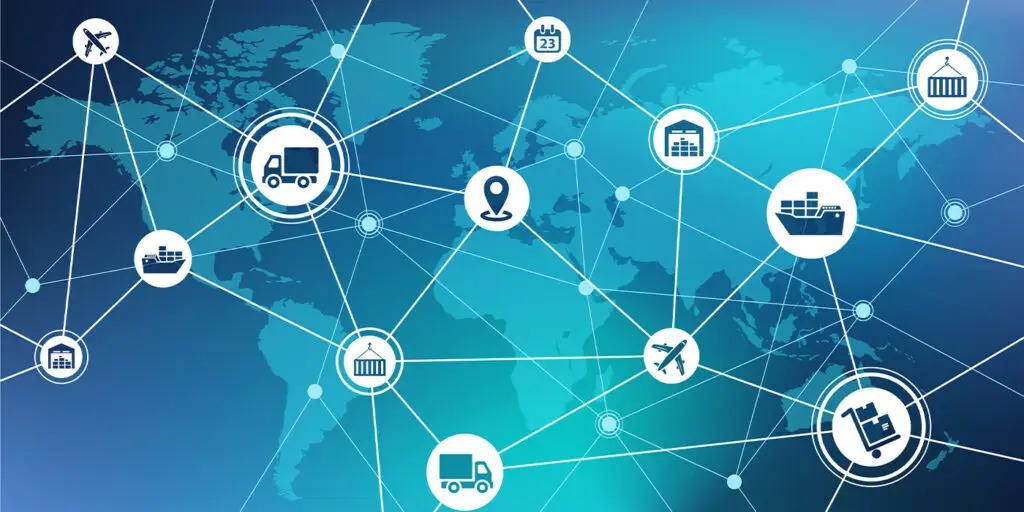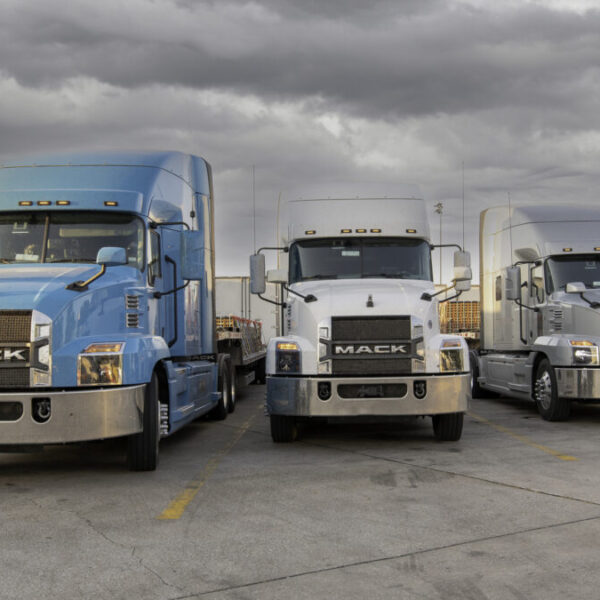Operations rely on networks of suppliers and partners working together. Smart management of these connections is key to smooth business workflows. Two roles are crucial – procurement vs supply chain management. Though their names sound similar, they play different parts in the process.
Procurement pros handle purchasing. They find suppliers, negotiate deals, buy goods and services, and manage relationships. Their goal is to get the best materials at the lowest costs. Supply chain managers take a wider view. They integrate and optimize the entire workflow from start to finish. Rather than sourcing parts, supply chain coordination assembles them into a unified process.
In this post, we’ll clarify the difference between these complementary functions. Supply chain brings key components together in an efficient system using procurement. Understanding these unique but connected roles is essential for anyone in operations looking. This will improve their business.
Let’s explore specific skills for enhancing sourcing, integration, and efficiency. We’ll demystify exactly how procurement and supply chain work hand-in-hand. From raw materials to finished products, both are needed to keep flows running smoothly.
No matter what your role is, understand how these functions fit together. Get insights to boost performance, cut costs, and gain an operational edge. Smooth supply chains rely on sourcing the right parts and expertly integrating them. Now let’s examine how the procurement process and supply chain make that happen.
Demystifying the Critical Differences: Procurement vs Supply Chain Roles
Smooth operations depend on complex supply networks working together flawlessly. Within these interconnected systems, two key roles collaborate closely: procurement and supply chain management. While their names sound alike, they play very different parts in the process. This post explains the unique purpose of each function.
Also Read, What is the next big trend in logistics?
What Does the Procurement Process Involve?
Procurement refers to purchasing the goods and services a business needs to operate. Key procurement responsibilities include:
Finding Suppliers – Identifying and vetting vendors who can provide the required materials and services at competitive prices reliably.
Negotiating Deals – Leveraging buying power and procurement strategies to get the best possible terms from suppliers.
Buying – Creating and approving purchase orders and contracts. Also executing the actual procurement of goods/services.
Managing Supplier Relationships – Overseeing agreements and interactions to maximize value and minimize risks with vendors.
Performance Evaluation – Monitoring supplier metrics on product quality, on-time delivery, responsiveness, and sustainability.
The core objective of procurement operations is to obtain essential goods/services at an optimal cost. Procurement focuses on properly sourcing the right components.
Also Read, What is the next big trend in logistics?
What is Supply Chain Management?
Supply chain management (SCM) takes a much wider view. This integrates and coordinates entire supply networks. SCM connects the dots across multiple companies. Key aspects include:
Demand Planning – Forecasting needs and requirements and communicating them across the supply chain.
Inventory Management – Tracking stock levels from raw materials to finished products and optimizing placement across the network.
Logistics – Managing the efficient transportation of goods between locations from origin to destination through supply chain logistics.
Production Planning – Aligning manufacturing with demand by scheduling activity.
Order Fulfillment – Orchestrating workflow hand-offs between partners to deliver products/services to end customers.
Through supply chain optimization, procurement sources the parts. SCM focuses on properly aligning workflows across companies for:
- Maximum speed
- Efficiency
- And flexibility
Also Read, What is direct shipping and what is an On-site Shipment?
Critical Differences Between the Roles
While procurement and supply chain management are complementary disciplines, there are several key differences between their focus areas and responsibilities:
Scope
- Procurement has a more narrow scope concentrated on purchasing goods & services. It also has less scope for managing suppliers required for the organization’s operational needs.
- Supply chain management focuses on integrated processes across multiple organizations. This includes suppliers, manufacturers, distributors, and retailers. SCM takes a holistic view of coordinating the entire workflow.
Priorities
- Procurement prioritizes cost reduction, finding high quality vendors, and negotiating good contractual terms. It also focuses on strategic sourcing to maximize value.
- Supply chain management focuses more on the big picture. This includes workflow optimization, speed, flexibility and customer experience. This also gives attention to integrating processes across a network of partners. Efficiency across the entire supply chain is a priority.
Relationships
- Procurement professionals specifically manage relationships with suppliers and vendors who provide direct goods and services to the organization.
- Supply chain managers coordinate a wide network of entities across the supply chain. This includes suppliers, manufacturers, distributors, warehouses, transportation providers, retailers, and other partners.
Perspective
- Procurement approaches its role from the purchasing needs of one organization. Their lens centers on their company’s buying requirements.
- Supply chain management takes a broader systemic perspective. SCM looks at the interconnections and symbiotic relationships between partners across the entire supply network. Their view is collaborative rather than centered on a single company.
In essence, procurement operates more vertically, drilling down into the purchasing needs of one organization. SCM works more horizontally, aligning end-to-end processes between companies across a supply ecosystem. Understanding these dynamics is key to better collaboration.
Also Read, Why is Logistics Important to Companies?
Working Together for Success
Procurement and SCM require different expertise. But close collaboration enables them to enhance supply chain performance. Aligning priorities between these functions is crucial for supply chain resilience and efficiency.
So, procurement and SCM play interconnected yet unique roles. Clarifying their purposes, priorities, and scope is vital for building a cohesive, successful supply chain.
Integrating Procurement and Supply Chain
Procurement and supply chain management have interconnected but unique roles in smooth operations. Procurement focuses vertically on sourcing components. Supply chain aligns horizontally and end-to-end workflows.
Clarifying these critical differences between procurement vs. supply chain boosts collaboration. Understanding each role can break down silos, improve information sharing, and build partnerships. Aligned priorities and communication between procurement and supply chain enable agile, resilient operations.
Want to optimize your procurement and supply chain capabilities?
The experts at Lading Logistics offer consulting to enhance performance in sourcing, workflow integration, and relationship management. By taking a systemic view, Lading Logistics can pinpoint areas like:
- Streamline processes
- Improve agility
- And reduce costs
Don’t let breakdowns between procurement and supply chain hurt your bottom line. Contact Lading Logistics today for a custom engagement. Their experienced team can:
- Conduct assessments
- Identify improvements
- And provide training to strengthen procurement operations and supply chain integration
Invest now in long-term network benefits!
Also Read, Logistics vs. Operations vs. Supply Chain
FAQs
What is the significance of aligning procurement and supply chain functions?
Aligning procurement and supply chain functions is crucial because it promotes smoother operations, enhances efficiency, reduces costs, and ensures supply chain resilience. It allows for better coordination between sourcing components and optimizing end-to-end workflows.
How does understanding the scope of procurement vs. supply chain benefit businesses?
Understanding the scope of procurement and supply chain helps businesses make informed decisions. Procurement focuses on buying goods and services, while supply chain management looks at the bigger picture of coordinating workflows. This knowledge enables organizations to allocate resources effectively and improve overall performance.
What are the potential challenges in integrating procurement and supply chain?
Challenges in integration can include communication gaps, differing priorities, and resistance to change. However, addressing these challenges through clear communication, shared objectives, and collaborative strategies can lead to successful integration and improved supply chain performance.
How can businesses ensure collaboration between procurement and supply chain functions?
Businesses can foster collaboration by establishing shared goals, promoting open communication, and providing cross-functional training. Creating a culture of cooperation and recognizing the interdependence of procurement and supply chain roles can encourage successful collaboration.
What benefits can businesses expect from optimizing their procurement and supply chain capabilities?
Optimizing procurement and supply chain capabilities can lead to streamlined processes, increased agility, reduced costs, and improved overall performance. It enhances an organization’s ability to adapt to changing market conditions and gain a competitive edge.



